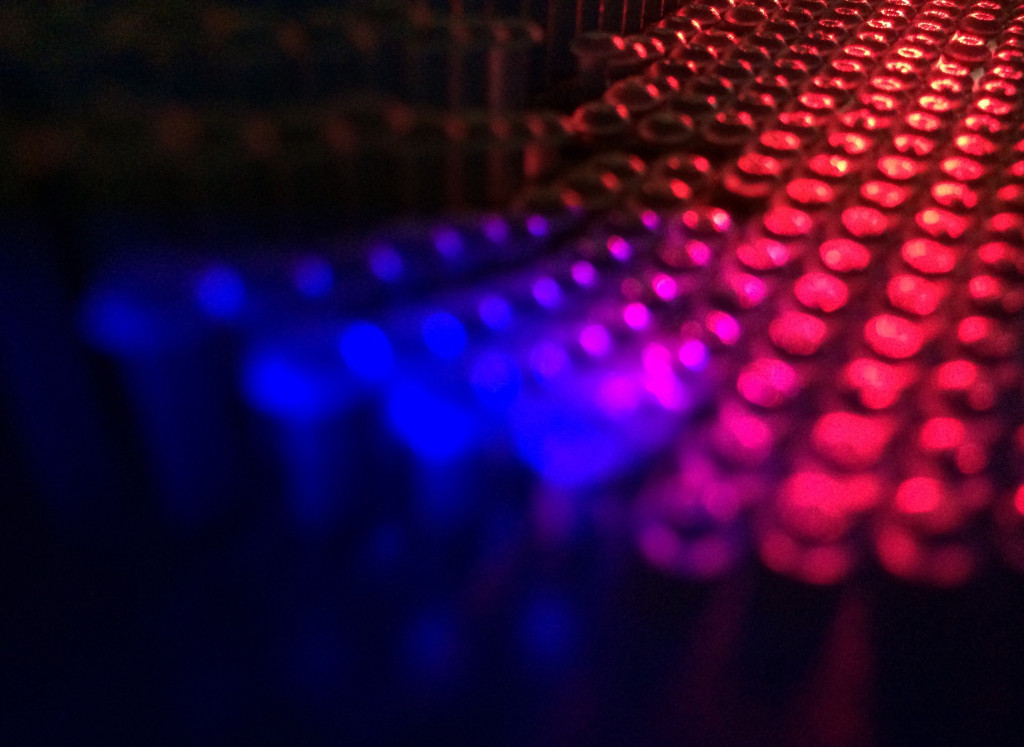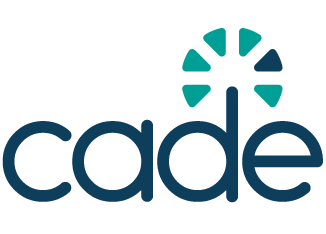ARIN distributes new IPv4 Addresse
The American Registry for Internet Numbers (ARIN) has fulfilled 587 IPv4 address requests, using 128 address blocks that were recently cleared for redistribution.

On 13 October 2025, the American Registry for Internet Numbers (ARIN) announced that it had completed a new round of IPv4 address allocations, satisfying 587 requests from its official IPv4 Waiting List. The allocations came from 128 address blocks that were recently cleared for reuse, meaning they were either returned, reclaimed, or otherwise made available after prior use.
IPv4 addresses are the numerical identifiers that allow devices to connect to the internet, something like a digital ‘home address’ for every website, router, or server. However, because the IPv4 system can only support about 4.3 billion unique addresses, this resource has been effectively exhausted for years. Most of these addresses were allocated in the early decades of the internet, long before the rise of today’s billions of users and connected devices.
To manage this scarcity, ARIN, which oversees internet number resources in North America and parts of the Caribbean, operates a waiting list for organisations that still need IPv4 space. These can include internet service providers (ISPs), community networks, universities, or non-profit digital initiatives. Whenever address blocks are returned or recovered, ARIN redistributes them through this list, ensuring a fair and transparent process.
Why this matters
Although IPv6, the next-generation addressing system, has been around for years, global adoption remains uneven. Many networks and devices, especially in developing or under-resourced areas, still depend heavily on IPv4. That’s why periodic redistributions – like this one – continue to play an important role in keeping smaller Internet operators and community networks functioning.
Civil society organisations may not manage internet infrastructure directly, but they are often affected by these allocations in two ways. First, many digital inclusion projects – such as community-owned Wi-Fi networks, rural broadband initiatives, or research infrastructures – rely on small IPv4 allocations to operate independently. Without access to such addresses, they must rely on larger commercial providers, which reduces autonomy and local control.
Second, these allocations raise broader policy questions about digital equity and governance. IPv4 scarcity has increased the cost of address transfers and made it harder for smaller players to participate in the internet economy. Civil society groups that advocate for open, affordable, and inclusive internet access often monitor ARIN’s allocation process and similar systems in other regions as part of their engagement in internet governance debates.
Looking ahead
ARIN noted that past concerns about the ‘reputation’ of the reissued address blocks, meaning they were previously used for spam or malicious activity and placed on blocklists, are likely no longer valid. The registry has reviewed and cleaned these addresses before redistribution.
The next IPv4 waiting list distribution is planned for late in the fourth quarter of 2025. By then, the focus will again turn to how limited IPv4 resources are shared, and whether progress toward IPv6 adoption, which provides virtually unlimited addresses, is accelerating fast enough to meet global demand.


